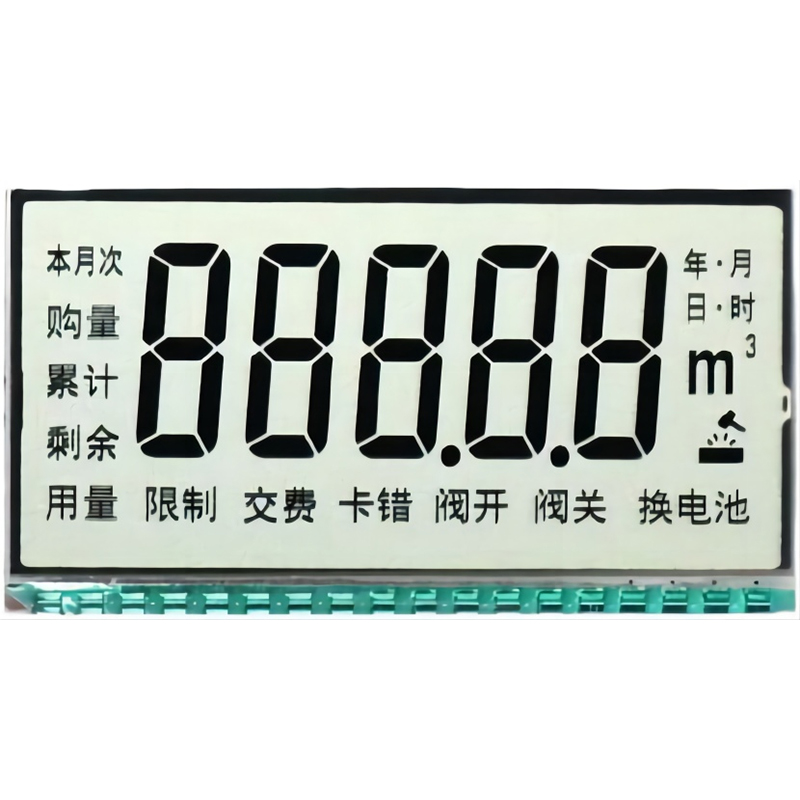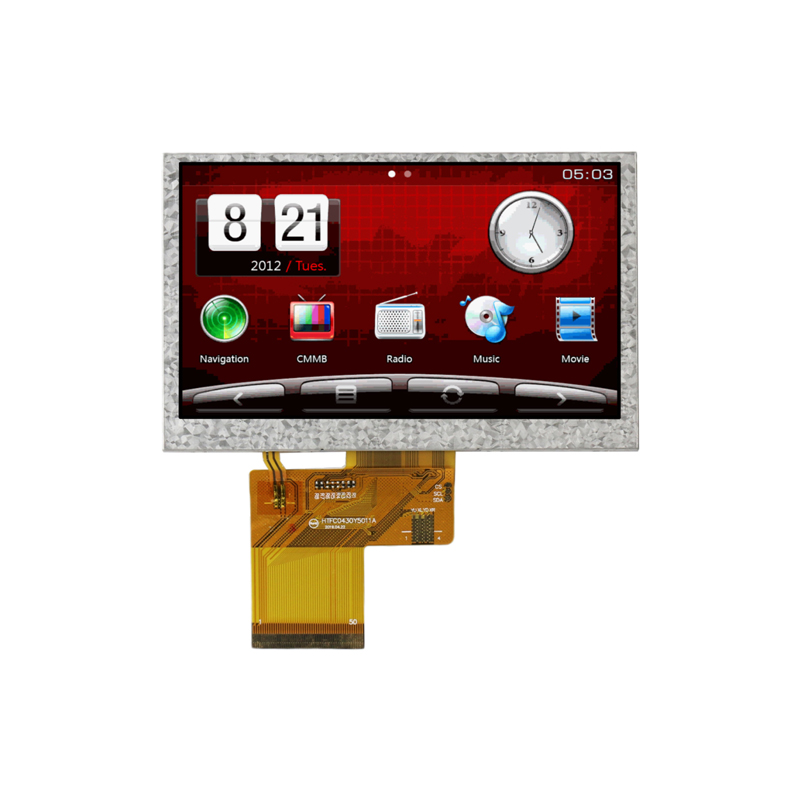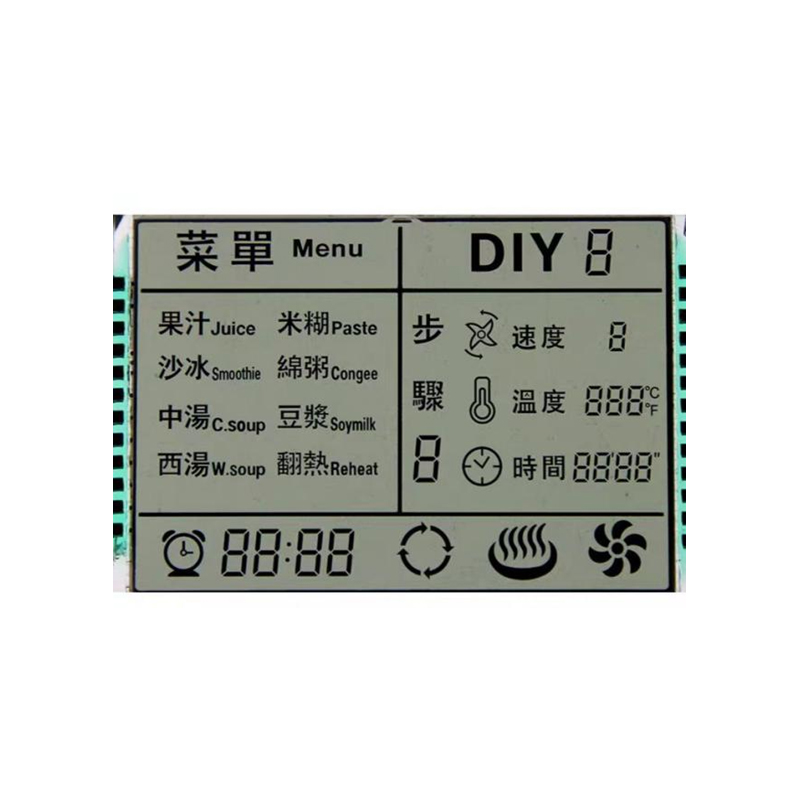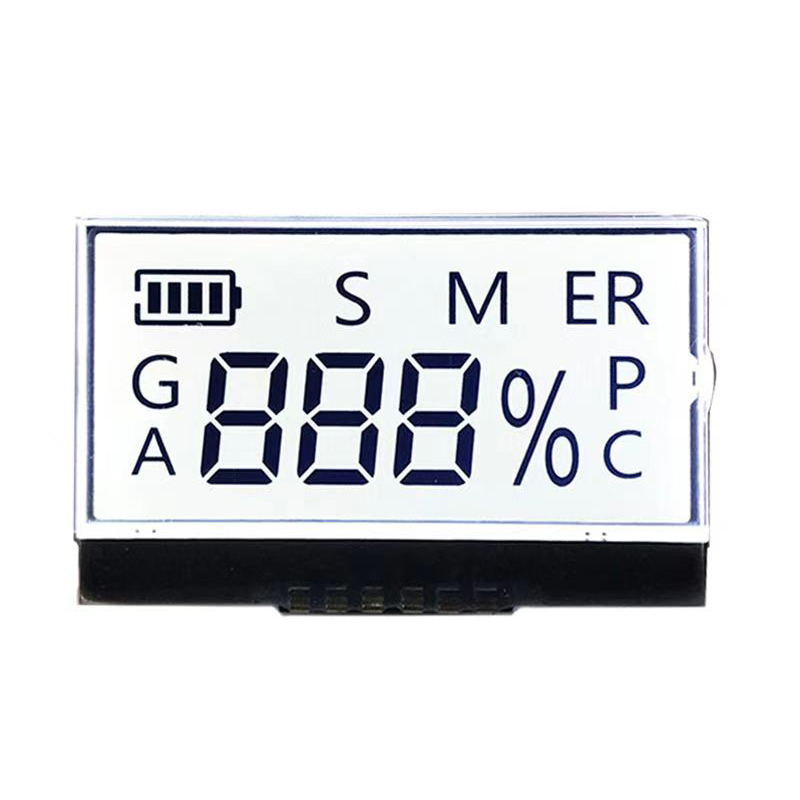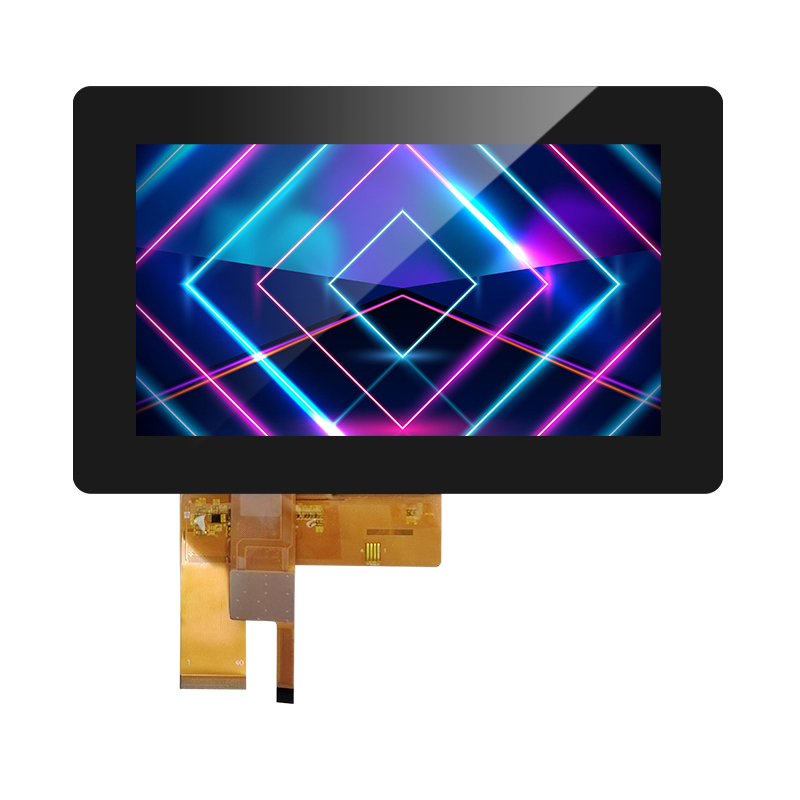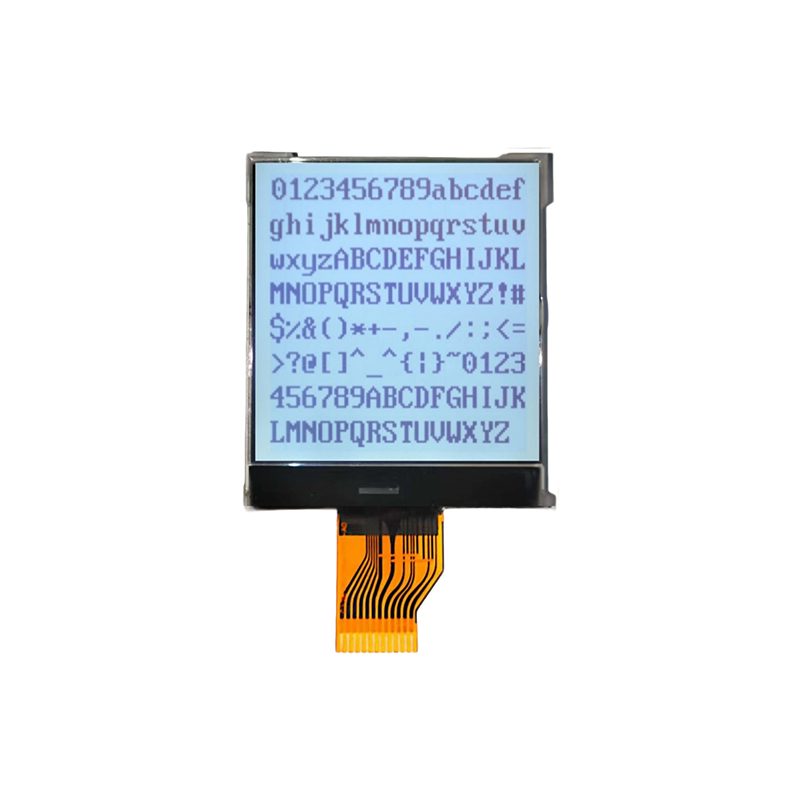
This guide provides a comprehensive overview of the 3-wire SPI interface, explaining its functionality, advantages, and practical applications. We'll cover the basics, delve into its differences from the standard 4-wire SPI, and explore real-world examples. Learn how to effectively utilize this efficient communication protocol in your projects.
Unlike the standard 4-wire SPI (Serial Peripheral Interface) which uses four lines – MOSI (Master Out Slave In), MISO (Master In Slave Out), SCK (Serial Clock), and SS (Slave Select) – the 3-wire SPI interface omits the Slave Select (SS) line. This simplification reduces hardware complexity and pin count, making it ideal for applications where minimizing hardware is crucial.
The absence of the SS line necessitates a different approach to device selection. In a 3-wire SPI interface, device selection is typically handled through other means, such as:
The remaining three lines (MOSI, MISO, and SCK) function as in standard 4-wire SPI. Data is transmitted serially using the clock signal (SCK), with MOSI carrying data from the master to the slave, and MISO carrying data from the slave to the master.
The 3-wire SPI interface offers several advantages:
However, there are also disadvantages:
The 3-wire SPI interface finds applications in various scenarios where minimizing pin count is paramount, such as:
| Feature | 3-Wire SPI | 4-Wire SPI |
|---|---|---|
| Number of lines | 3 (MOSI, MISO, SCK) | 4 (MOSI, MISO, SCK, SS) |
| Device Selection | Address decoding, fixed selection, or software control | Slave Select (SS) line |
| Complexity | Potentially higher software complexity | Simpler hardware implementation |
| Scalability | Lower | Higher |
The 3-wire SPI interface presents a viable alternative to standard 4-wire SPI when pin count minimization is a top priority. Understanding its nuances and limitations is crucial for successful implementation. While it simplifies hardware, consider the trade-offs regarding device selection and overall system complexity before adopting it for your project.
For high-quality LCD displays and related components, consider exploring the offerings of Dalian Eastern Display Co., Ltd. They offer a wide range of solutions for various applications.
1 This information is compiled from various publicly available resources and general knowledge about SPI communication protocols. Specific implementation details might vary depending on the microcontroller and peripheral devices used.

